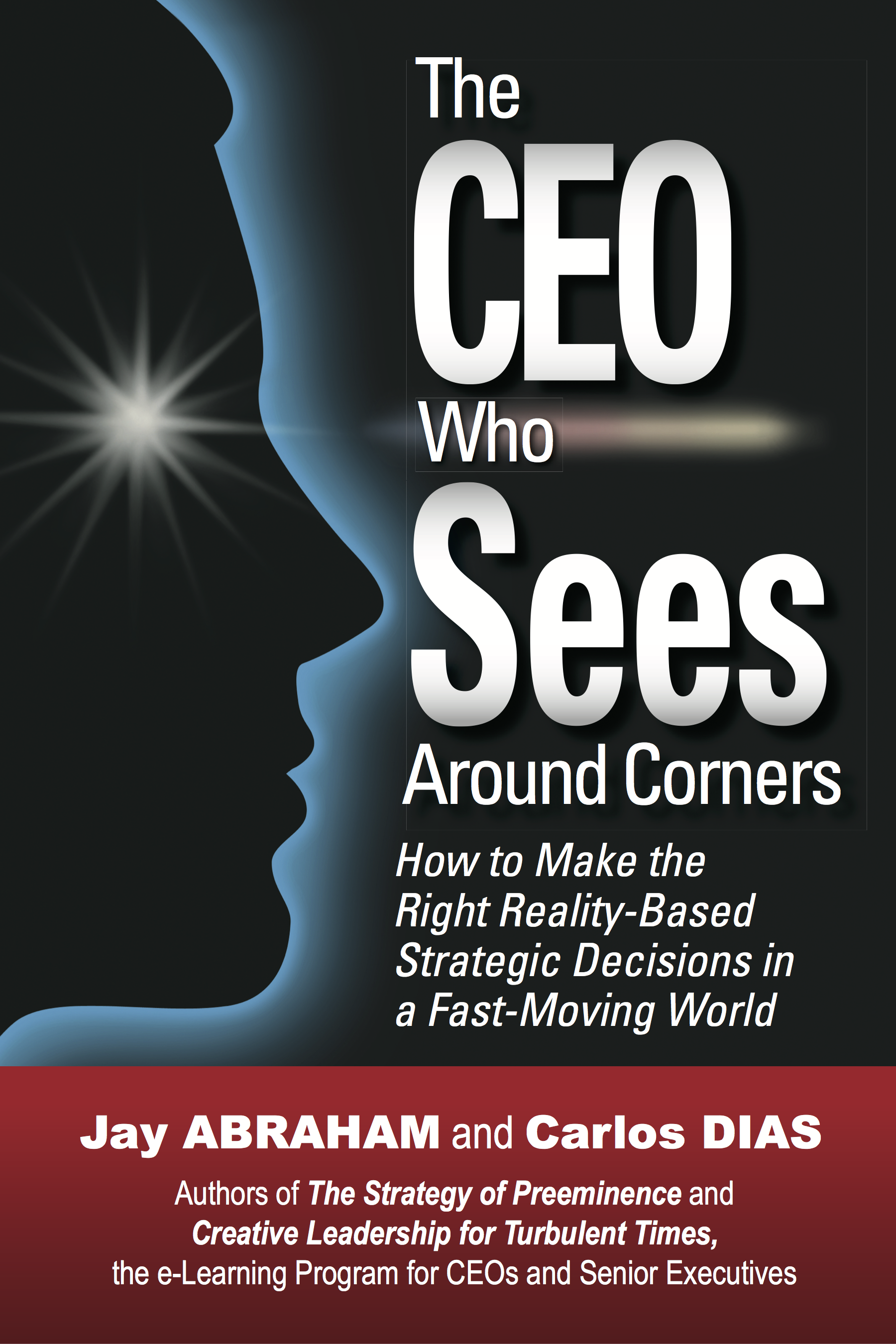Debiasing In Action
Most everyone has heard the common definition of Insanity: Insanity is doing something over and over and expecting different results.
Despite this adage being widely recognized as truth, I often see businesses well stuck in the rut of doing things as they have always been done.
These businesses struggle to create the change necessary to achieve prosperous growth in this modern and fast paced world, due to overlooked and heavily ingrained biases in their organizational structure, their processes, their budgeting and planning decisions, and their hiring practices.
Often, management and the board are not even aware such deeply ingrained biases even exist.
In 2017, an interesting article published by McKinsey & Associates (and linked below) highlighted the business case for debiasing in organizational decision making, a key foundational element and focus for my corporate clients committed to upgrading their strategies so they will thrive in our new age of business.
What is Debiasing?
Debiasing describes the use of significant insights from the fields of psychology and behavioral economics to help organizations take as much bias out of risk decisions as possible.
The most interesting feature of bias is this: although we recognize bias exists, we often believe we can make rational business decisions without allowing our own biases to impact the decision-making process. Yet biases often impact us subconsciously, even as we believe we are completely rational.
Even where debiasing is a primary focus of discussion and training in a business, some processes are so innate to the industry or company, re-engineering or improvements on those processes are never even considered.
Take budgetary practices, for example. Even in these turbulent, non-linear times, I see businesses starting their budgeting process with current year results and an assumption that 5% of year over year growth will be approved by the Board. Then, they ask their sales executives to create a sales budget supporting a 5% increase and ask the other executives to create their budgets supporting a reduction in costs to overcome any margin pressures they may face from suppliers or customers.
This budgeting process is the first step in the future year planning process, long before any consideration of accurate thinking and questioning around the market or strategies to attract more customers or keep customers happy. That is if the perspective of the customer relationship is even considered at all.
While some more forward thinking organizations do take the first budget and update it based on strategies for growth and investment...their decisions are based first on a bias for maximizing or maintaining short term shareholder value...instead of long term, sustained profitable growth.
And because budgeting has always been done this way, no one questions the tactic...A deadly mindset in non-linear, turbulent times.
Learning How to Avoid Bias in Decision Making is Urgently Important
McKinsey & Associates interviewed nearly 800 board persons and chairman and found respondents ranked “reducing decision bias” as the number one focus for improving performance. The reason is simple. Bias can cost companies a lot of money.
In today’s turbulent business environment, bias toward the old way of doing things...whether in hiring (for example, a bias toward hiring only those with college degrees) or using business models created for linear business environments or focusing on cutting costs to maximize profits or focusing on shareholder value instead of customer value...can actually sink a company’s profits and ultimately destroy their business.
When companies seek to take sharp, strategic action against bias, the results of these actions can be quite substantial. In fact, biases do not only impact decision making...they impact the way we process information and construct strategies as well. Biases are vast in their origin and impact, and show up in our conscious and unconscious minds. Thus, awareness alone cannot overcome all bias in our judgments.
A Systematic Approach to DeBiasing in Organizations
As we’ve seen, debiasing in decision making, strategic action, and day to day processes within an organization is necessary in creating impactful change in the sustained profitability in a corporation in these nonlinear times.
Organizations can take advantage of training to help identify debiasing and to teach their employees how to address conscious and unconscious bias. However, many innate biases require more than training in order to be dislodged.
Organizations must take debiasing beyond training and create new methods of identifying issues within their organization, creating alternative options for resolving such issues, and a systematic, unbiased approach to decision making.
As stated in the McKinsey article, “A systematic approach also requires a cultural change within the organization—one that creates demand for debiasing measures and adherence to them.”
The free resources I will share on this blog over the next several weeks will help you identify bias in your organization and begin to create a culture of debiasing in action. My paid programs go much deeper, allowing CEOs and their corporate leaders to discover precise strategies, tools, and techniques to change their corporate culture, away from bias and towards modern systematic approaches to strategy and decision making for sustained profitable growth in turbulent times.
Before we move forward, I invite you to delve deeper into the logic of debiasing as documented in this excellent McKinsey article, “The Business Logic for Debiasing” by Tobias Baer, Sven Heiligtag, and Hamid Samandari and published by McKinsey & Associates in 2017.
Click here for the article.
Read More...»



0
comments